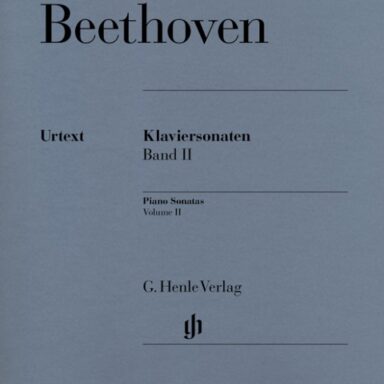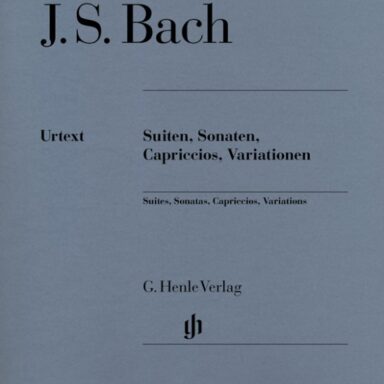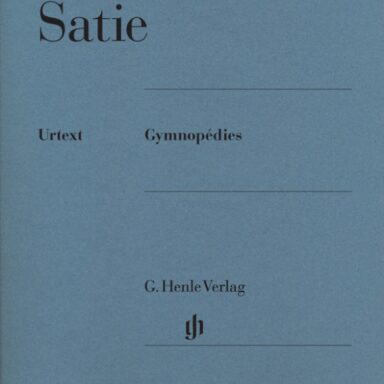
Piano Sonata no. 24 F sharp major op. 78 (A Therese)
Sin existencias
Categoría: Piano solo
Compositor: Beethoven, Ludwig VanEditorial: Henle VerlagEditor: Bertha Antonia Wallner (Editor) Conrad Hansen (Fingering)
Solicita una cotización
Descripción
After a pause of four years, Beethoven returned to the piano sonata genre in 1809. Unlike its predecessor, the f-minor Sonata op. 57 (the “Appassionata”), this work strikes a new and lyrically cantabile tone that must have been the reason for its tradition-breaking two-movement structure; a slow middle movement would not have provided the necessary contrast to the outer ones. Just as unusual as the general character of opus 78 is its four-measure Adagio introduction; this does not directly refer to the subsequent motifs and themes, and serves no other purpose than to “conjure up the atmosphere of the entire sonata in our hearts” (Hugo Riemann).
Especificaciones
| Peso | 0,1 kg |
|---|---|
| Dimensiones | 31 × 23,5 × 0,5 cm |
Detalles
| ISBN: | 979-0-2018-1312-7 |
|---|---|
| Páginas: | 11 |
| Código editor: | HN 1312 |
| Formato: | Partitura |
Productos relacionados
- Libros
- Partituras y Métodos
- Material Didáctico
- Audio/visuales
- Catálogo
-
Mi pedido
-
Mi pedido
No hay productos en tu pedido
-
- Acceder





